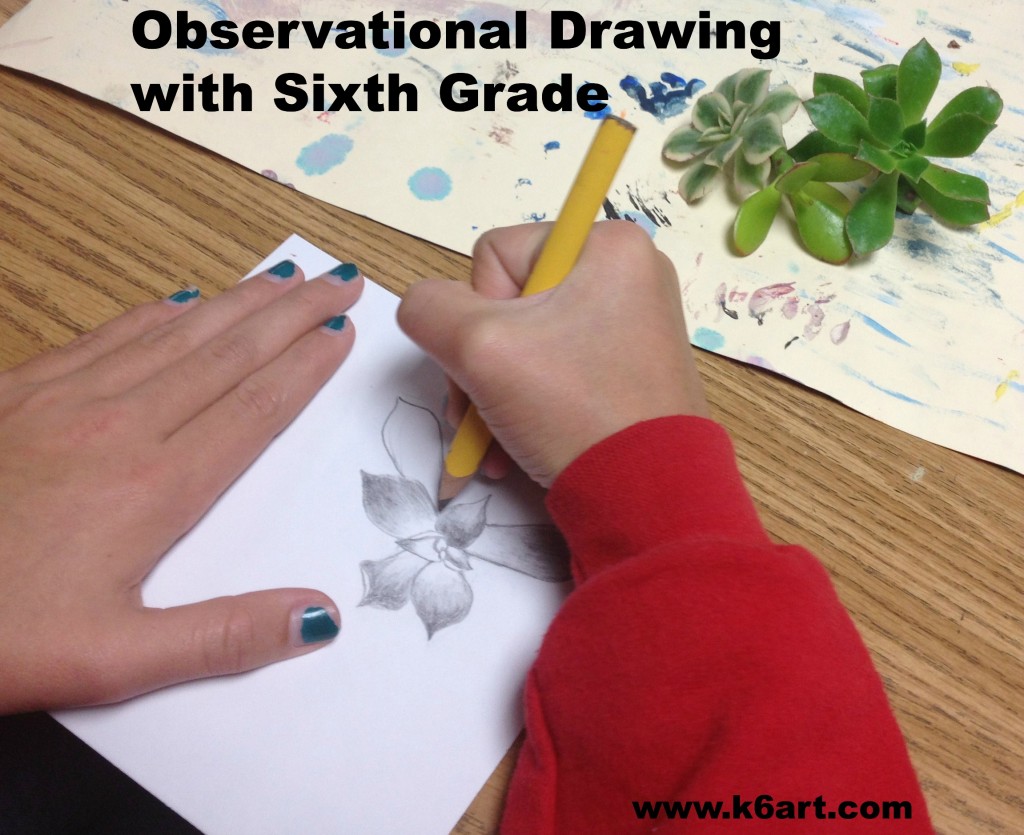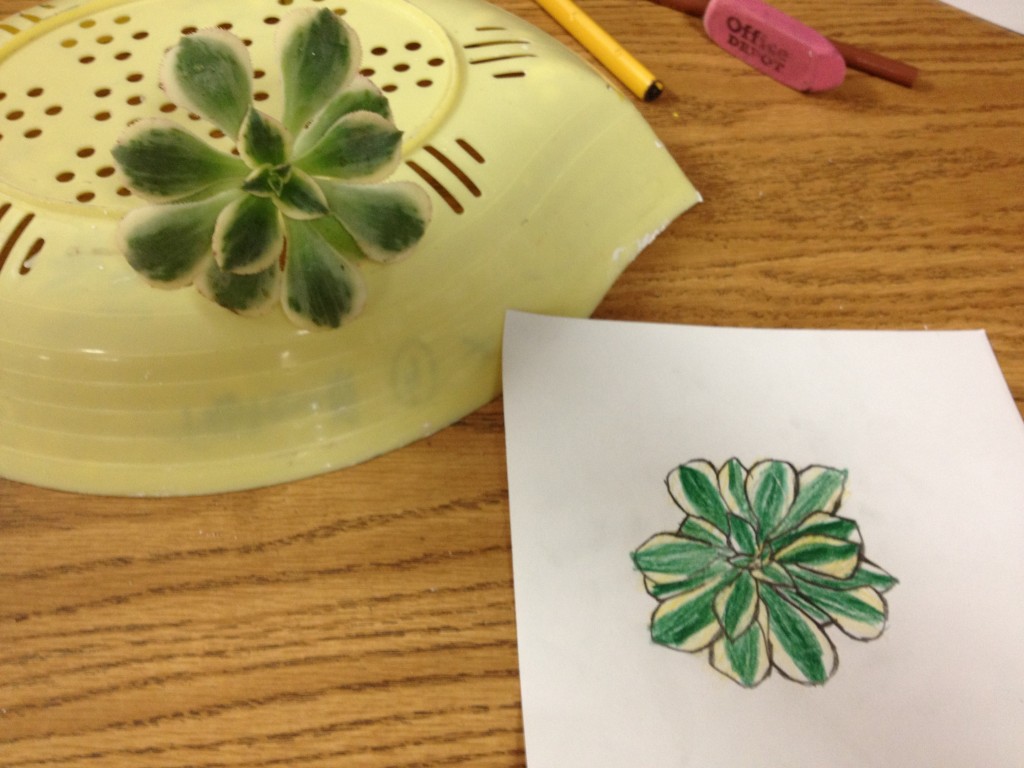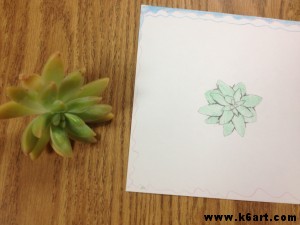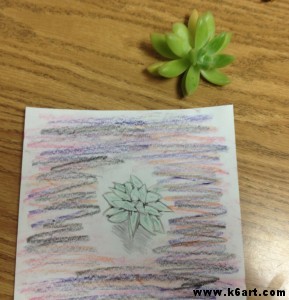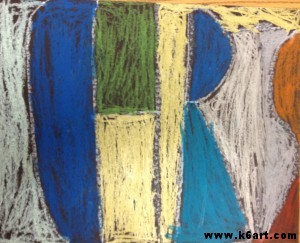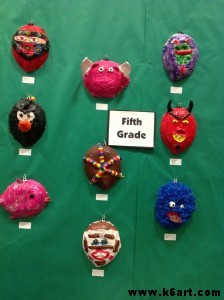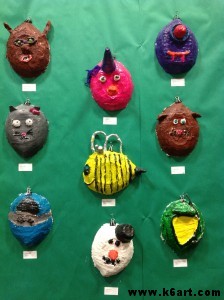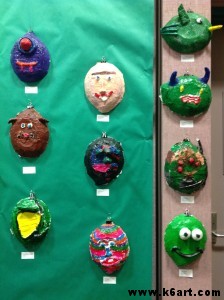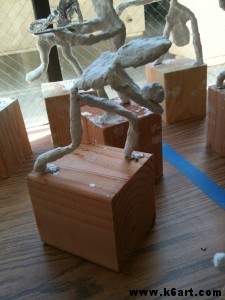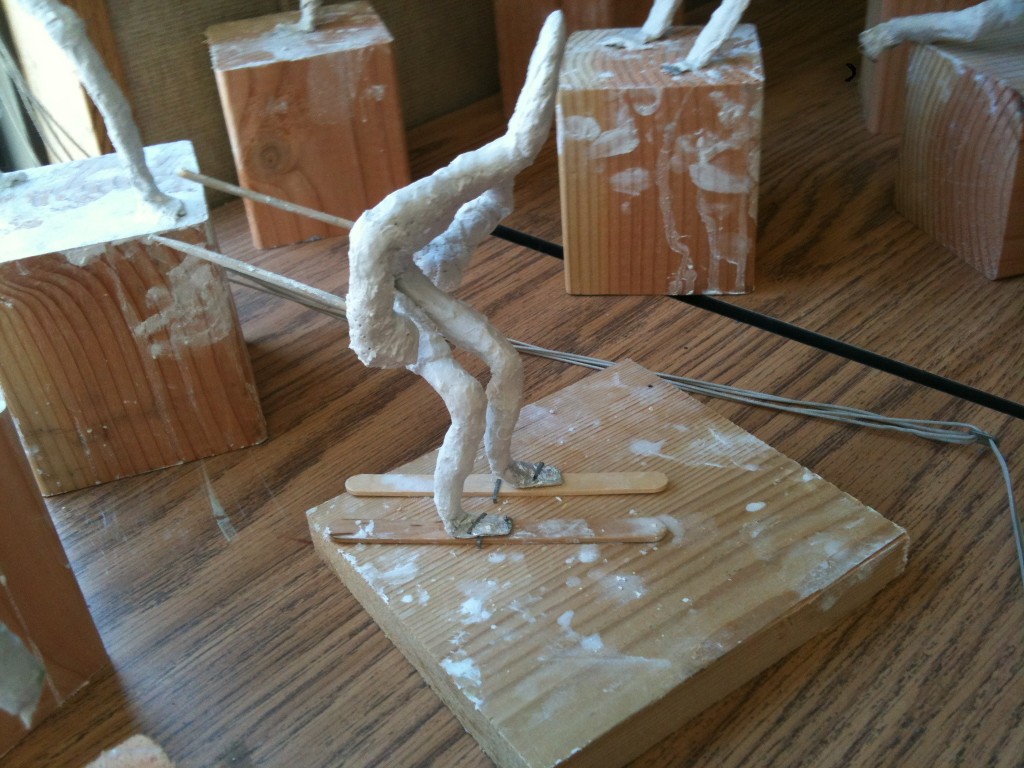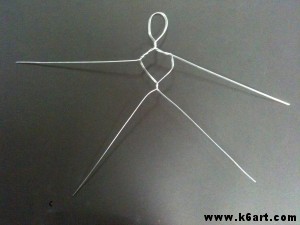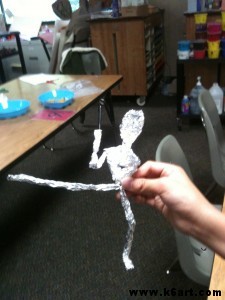Sixth graders drew succulent plants from observation. I emphasized drawing what they observed, not drawing from imagination or what they think the plant should look like. They should focus on shape.
They used pencil and colored pencil on 6″x6″ squares of white paper.
After the students had a basic drawing, I asked them to look at the areas where the leaves overlapped. Each overlap creates the letter ‘Y’. I asked them to darken all the ‘Ys’, and then taper the pencil lines.
It was quiet in the art room as the sixth graders concentrated on their drawings. Most students enjoyed this activity, some loved it, and no one complained.
Earlier this fall we studied value and drawing and shading forms (thank you Pinterest!) and I am happy to say that these exercises have increased student confidence: several students who have stated they ‘can’t draw’ are now turning out drawings with pride.
This is one of those times I wish I had more than 40 minutes a week to teach each class. I would love to start every class with a quick observational draw.
Regarding our plant cuttings:
We have many varieties of fleshy-leaved succulents here in Southern California. Succulents are similar to cactus, but do not have needles. Succulent cuttings are great for observational drawing: the cuttings do not need water and do not wilt. In fact, if your students do not pull off the leaves they will look great in a week, without any water or soil!
Succulents are super-easy to grow from cuttings. After class, I poked all the cuttings into the ground. They root in about three weeks.
All the succulents were fresh cut the day of class from our school garden and my San Diego backyard.

